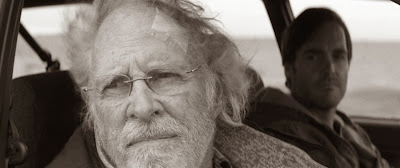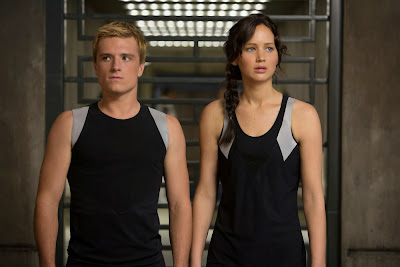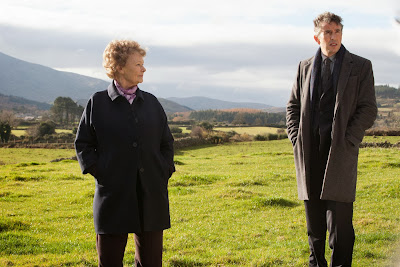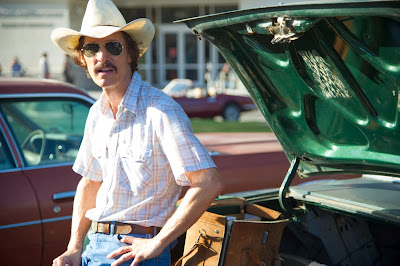"Hell, I even thought I was dead 'til I found out it was just that I was in Nebraska."--Little Bill Daggett, Unforgiven
I don't know that director Alexander Payne mocks mid-westerners in his films set in the heartland. I mean, I live in the rural mid-west and I recognize a LOT of the characters who populate Payne's films, from Tracy Flick to Woody Grant. I recognize the cultural and economic wasteland he depicts, too. His new film, Nebraska (2013), is ostensibly a comedy, but its stark black and white cinematography turns it into a mournful comedy at best (if that's not an outright oxymoron). This is a film that's laboring under a pall of disillusion and disappointment, set amid a bleak landscape spotted with vultures picking over the remnants of the American dream.




















